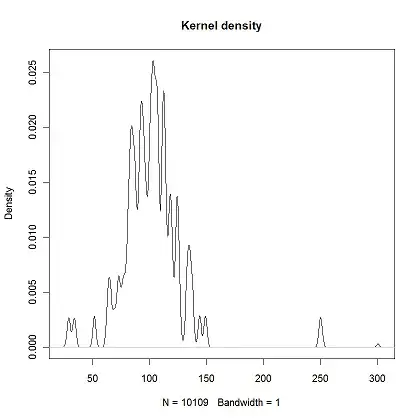Given a sample, to calculate the z-score we do $$Z= \frac{X-\mu}{\sigma}$$
Intuitively, the standard deviation is an indicator of the spread of the data / the amount of variation, and the numerator is the distance between the mean and the data point. As a proportion, how can this be explained intuitively? I know that the z-score is 'the number of standard deviations from the mean' but what is the intuition behind the proportion?
For example, when explaining $$R^2 = \frac{TSS - RSS}{TSS} $$ I explain that the $TSS$ is amount of variance inherent before regression, $RSS$ is the amount of variance unexplained after regression, so the distance is the amount explained by regression. Divide this by $TSS$ is $$R^2 = \frac{\text{amount of variance explained by regression}}{\text{inherent regression}}$$ and so it is clear to see that the $R^2$ statistic gives a proportion / percentage of amount of variance explained by regression.
How can I explain what $Z$ is in the same intuitive manner?
Edit: made question clearer
